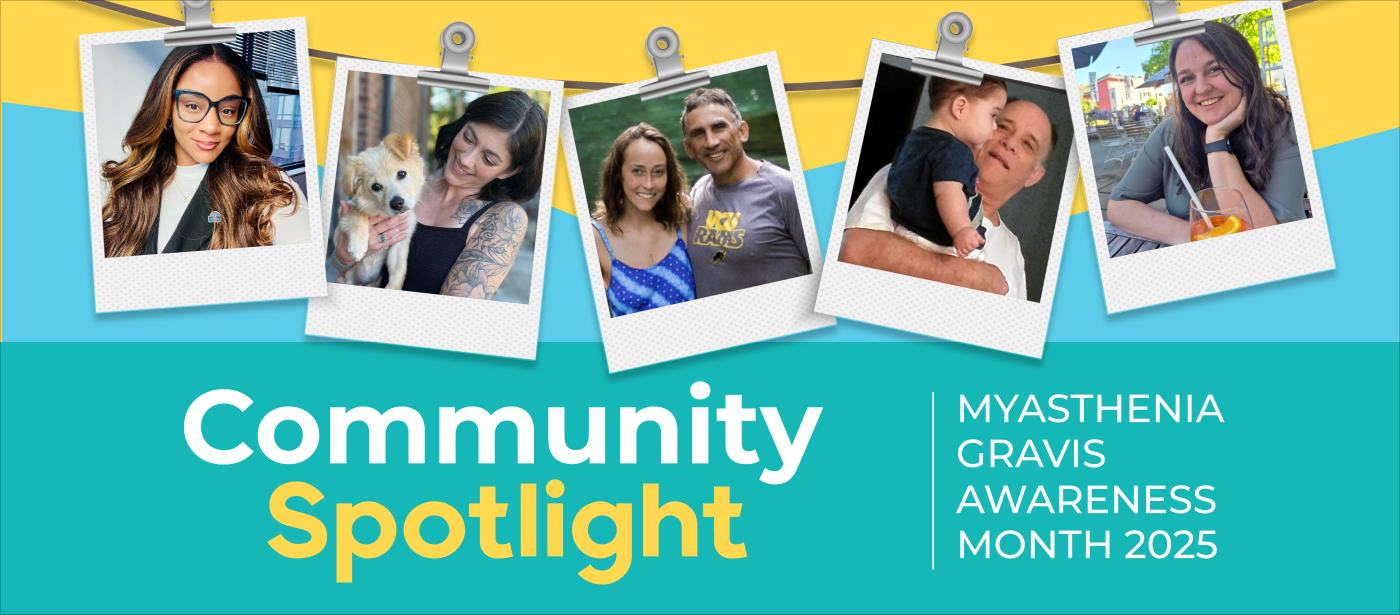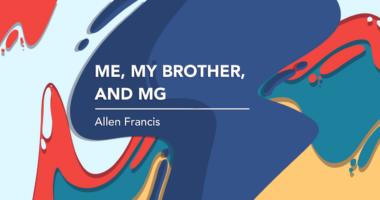Becoming an advocate for my daughter with myasthenia gravis


Joe Enders and his daughter, Jodi, smile at a Florida spring two months after her thymectomy surgery. (Courtesy of Joe Enders)
This is Joe Enders’ story:
When our daughter was diagnosed with myasthenia gravis (MG), everything changed overnight. Jodi was in crisis and could barely speak, so my wife and I had to step in and become her voice and advocates immediately. We left the hospital with an MG diagnosis and were told to get her into a neurologist “as soon as possible.” That sounded great in theory — until we started calling around.
What we found was terrifying. Most neurologists had a five-to-six-month wait for new patients. Even when we pleaded and explained our daughter was in an active crisis, we were told the same thing: “We can’t see her any sooner.” It was overwhelming, daunting, and terrifying. We didn’t know much about MG, and there weren’t many accessible resources available online at the time.
I started researching everything I could. At one point, I even considered driving her two and a half hours to an eye institute in Miami that had an appointment several months out. It felt like our only option. In the meantime, a lupus doctor who had been treating her called in a favor to a neurologist friend. That doctor was able to prescribe Mestinon (pyridostigmine bromide) and prednisone, but they had no experience with MG. While it was something, it wasn’t exactly reassuring.
Eventually, through persistent research, I came across clinical trials related to MG being done at the University of South Florida in Tampa. I reached out to a graduate student who actually listened to our situation. Once they reviewed her lab results, they took her case to the doctors in the department. We couldn’t get in with the lead MG specialist, but we were able to see a neurologist within the department who had access to those experts. That’s still her doctor today, and five years later, we’re grateful for that connection.
Having that established relationship also made her thymectomy a year later much smoother, since we had a referral for a surgeon at a local hospital. Looking back, we were incredibly lucky the local hospital’s neurologist recognized her symptoms right away and diagnosed her early, something that doesn’t happen often with MG.
Our journey taught us how important it is to advocate passionately, do your own research, and think beyond your immediate area. Teaching hospitals and academic centers often have specialists and access to cutting-edge trials. Keep calling, keep asking, and don’t be afraid to go the extra mile, literally. It made all the difference for our daughter.
In recognition of Myasthenia Gravis Awareness Month in June, the Myasthenia Gravis Community Spotlight campaign features a series of stories highlighting the real-life experiences of people affected by myasthenia gravis, written in their own words. Follow us on Facebook, Instagram, or X for more stories like this, using the hashtag #MGSpotlight, or read the full series here.






